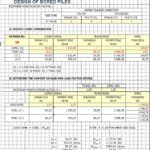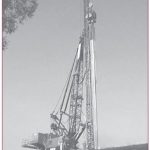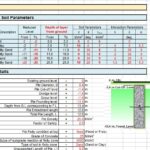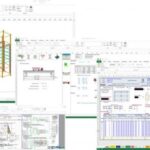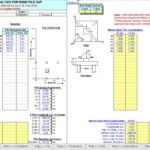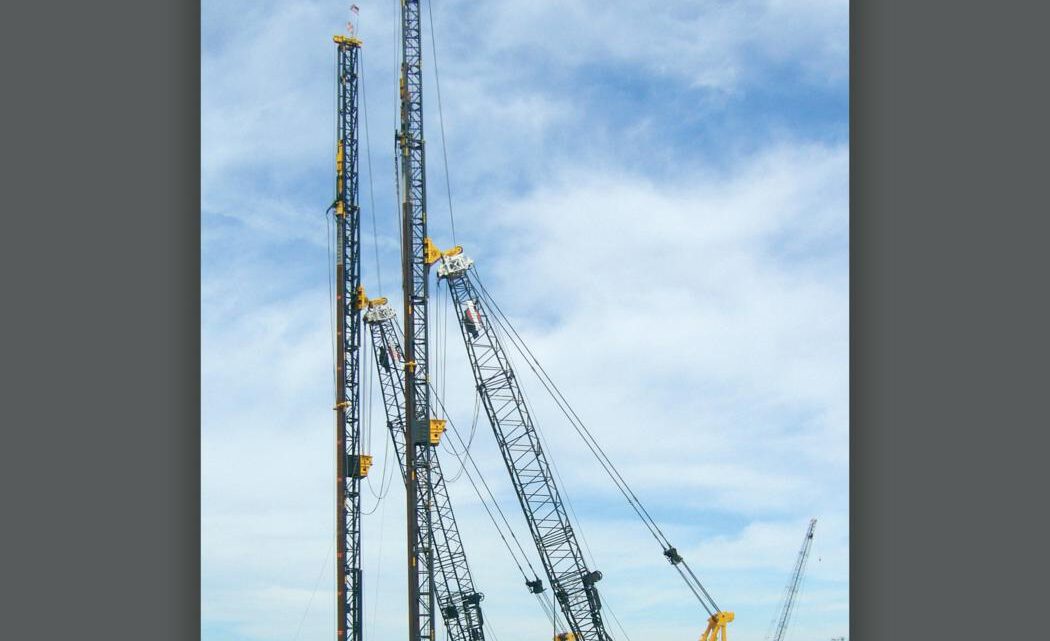
Pile Design and Construction Practice 6th Edition Free PDF
9 January 2021Pile Design and Construction Practice 6th Edition Free PDF
By Michael Tomlinson
Piling is both an art and a science. The art lies in selecting the most suitable type of pile and method of installation for the ground conditions and the form of the loading. Science enables the engineer to predict the behavior of the piles once they are in the ground and subject to loading.
This behavior is influenced profoundly by the method used to install the piles, and it cannot be predicted solely from the physical properties of the pile and of the undisturbed soil. Knowledge of the available types of piling and methods of constructing piled foundations is essential for a thorough understanding of the science of their behavior.
For this reason, the author has preceded the chapters dealing with the calculation of allowable loads on piles and deformation behavior by descriptions of the many types of proprietary and non-proprietary piles and the equipment used to install them.
In recent years, substantial progress has been made in developing methods of predicting the behavior of piles under lateral loading. This is important in the design of foundations for deep-water terminals for oil tankers and oil carriers and for offshore platforms for gas and petroleum production.
The problems concerning the lateral loading of piles have therefore been given detailed treatment in this book.
- General principles and practices
- Types of pile
- Piling equipment and methods
- Calculating the resistance of piles to compressive loads
- Pile groups under compressive loading
- Design of piled foundations to resist uplift and lateral loading
- Some aspects of the structural design of piles and pile groups
- Piling for marine structures
- Miscellaneous piling problems
- The durability of piled foundations
- Ground investigations, piling contracts, and pile testing
- Appendix A: Properties of materials

